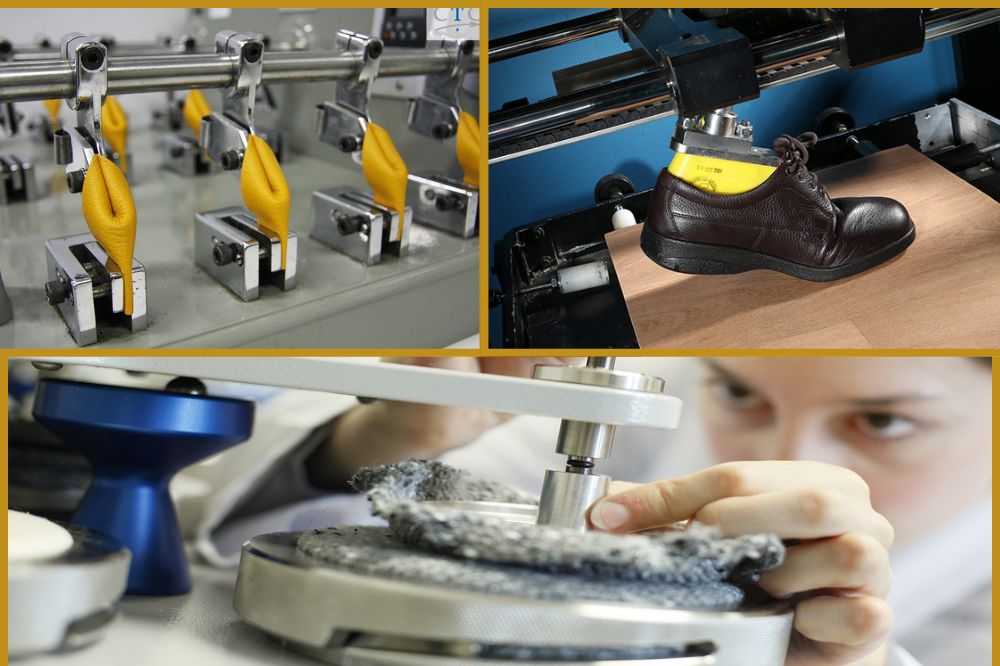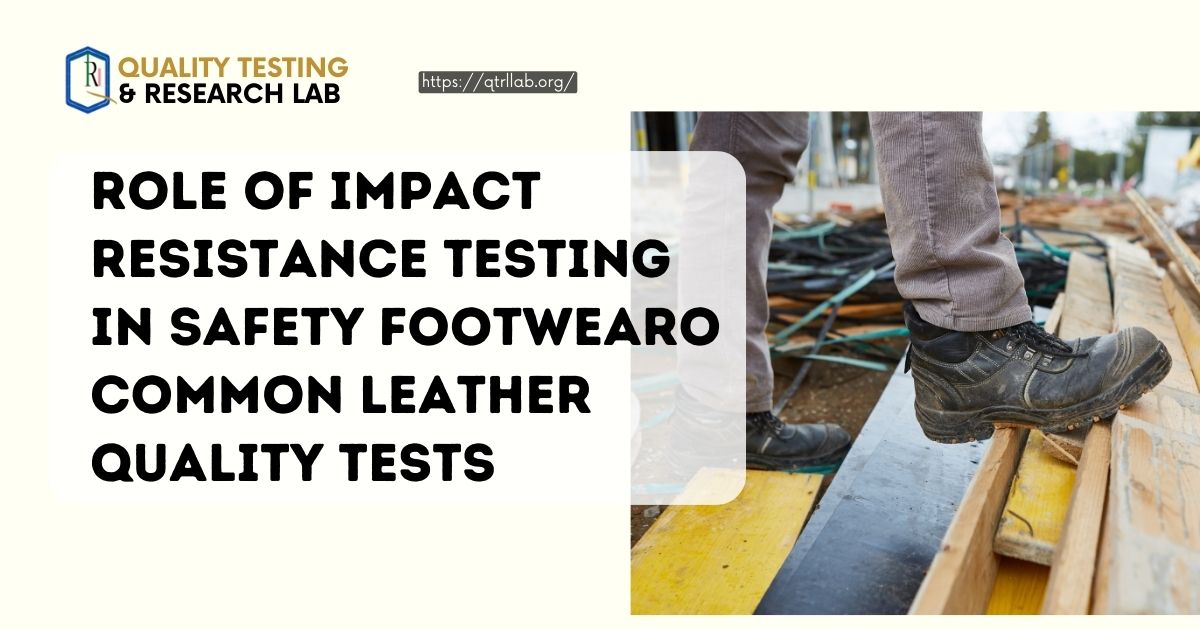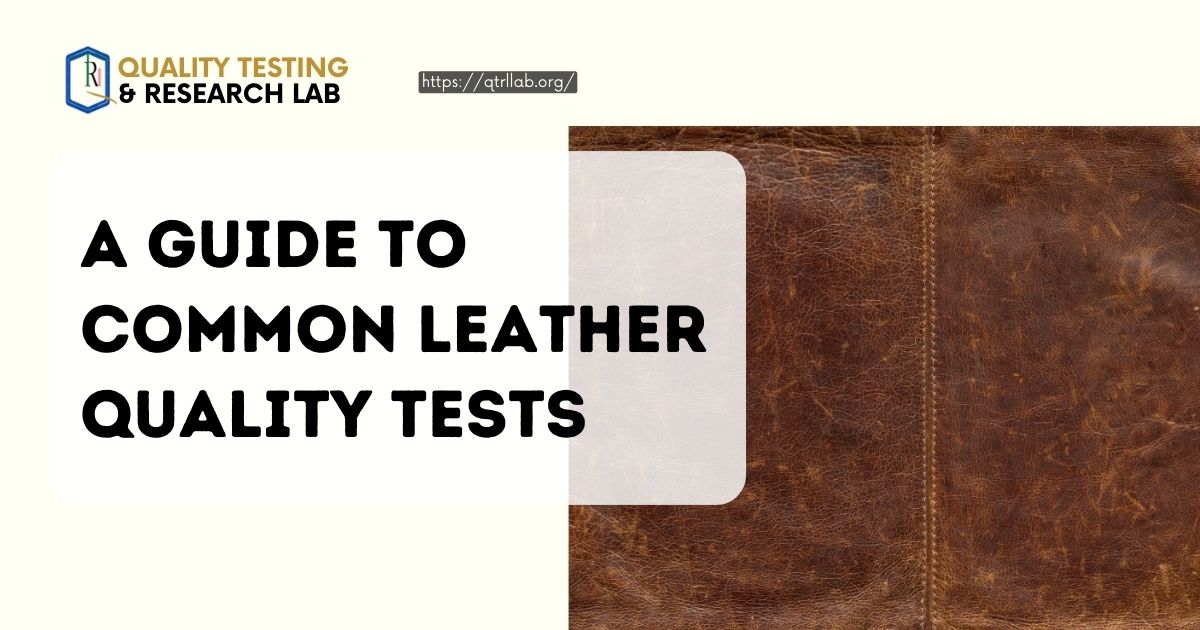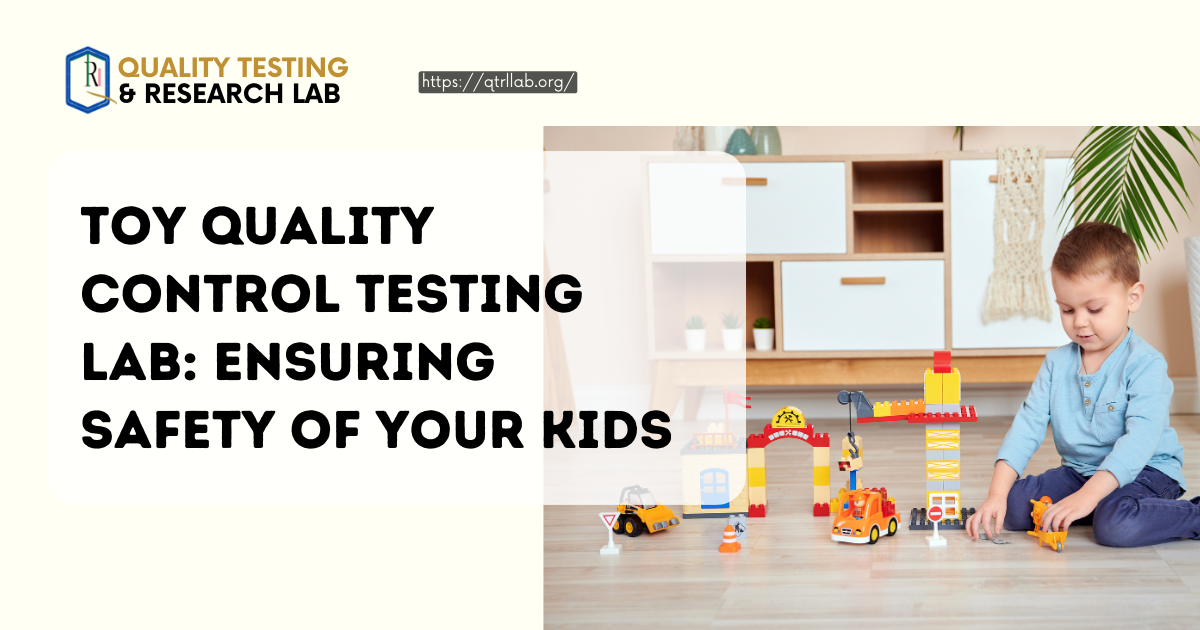Introduction
Textile yellowing is a common problem that affects various fabrics, causing them to lose their original color and appear discolored or yellowed. This phenomenon can occur in both natural and synthetic fibers and can be caused by several factors. Understanding the causes behind textile yellowing, conducting appropriate tests, and implementing effective solutions are crucial to maintaining the aesthetic appeal and quality of textile products.
Causes of Textile Yellowing
Light Yellowing
Exposure to light, particularly ultraviolet (UV) light, can cause textile yellowing. UV rays can break down the chemical structure of dyes and finishes, leading to color fading and yellowing. This is especially true for fabrics exposed to direct sunlight for prolonged periods.
Phenol Yellowing
Phenolic compounds, which can be present in textiles due to the use of certain dyes or finishes, can cause yellowing. These compounds can react with atmospheric pollutants, such as nitrogen oxides, resulting in discoloration.
Oxidative Yellowing
Oxidative yellowing occurs more commonly in natural fibers, such as cotton or linen. It is caused by the oxidation of organic substances present in the fibers, such as lignin or impurities. This yellowing is often more noticeable after washing or exposure to heat.
Brightener Yellowing
Optical brighteners, commonly used in detergents or finishes to enhance the whiteness or brightness of textiles, can contribute to yellowing over time. These brighteners can degrade or change color under certain conditions, resulting in a yellowed appearance.
Softener and Other Finishing Agents Yellowing
Some softeners or other finishing agents used in textile processing can cause yellowing. This can be due to the interaction between these agents and other chemicals or environmental factors, leading to discoloration.
Judgment Methods of Textile Yellowing
Visual Assessment
Visual assessment involves examining the fabric under appropriate lighting conditions to determine the extent of yellowing. This method is subjective and relies on the expertise of the observer.
Colorimetry
Colorimetry measures the color properties of the fabric using specialized instruments. It provides objective data on the color difference between the original and yellowed samples.
Whiteness Index
The whiteness index quantifies the degree of whiteness in a fabric. A decrease in the whiteness index indicates yellowing or discoloration.
Grey Scale Assessment
The grey scale assessment involves comparing the fabric’s color against a standardized grey scale. This method provides a visual reference for the degree of yellowing.
Delta E Measurement
Delta E measurement quantifies the color difference between two samples. It provides a numerical value that represents the extent of yellowing.
Artificial Aging Tests
Chemical Analysis
Chemical analysis involves identifying and quantifying the presence of specific compounds that may contribute to yellowing. This can help determine the underlying causes and guide the selection of appropriate solutions.
Moisture Aging
Moisture aging simulates the effects of high humidity and moisture on textiles. This test can reveal the susceptibility of fabrics to yellowing under such conditions.
Textile Yellowing Test Standards
Various international standards, such as ISO, ASTM, or AATCC, provide guidelines for conducting textile yellowing tests. These standards ensure consistency and accuracy in testing procedures.
Textile Yellowing Test Instrument: UV Accelerated Weathering Tester
Working Principle of UV Accelerated Weathering Tester
The UV accelerated weathering tester exposes textiles to controlled UV radiation, simulating the effects of sunlight. This test helps evaluate the colorfastness and resistance of fabrics to yellowing.
Features and Specifications of UV Accelerated Weathering Testers
UV accelerated weathering testers are equipped with specialized lamps that emit UV radiation. They have adjustable settings for exposure time, temperature, and humidity to simulate real-life conditions.
Benefits of UV Accelerated Weathering Testing
UV accelerated weathering testing provides accelerated aging data, allowing manufacturers to assess the long-term performance of textiles in a shorter time frame. It helps identify potential yellowing issues and develop appropriate solutions.
Considerations for UV Accelerated Weathering Testing
When conducting UV accelerated weathering testing, it is important to consider factors such as the type of fabric, exposure conditions, and test duration. These considerations ensure accurate and reliable results.
How to Prevent Textile Yellowing?
Control Storage Conditions
Proper storage conditions, including temperature, humidity, and lighting, can help prevent textile yellowing. Storing fabrics in cool, dry, and dark environments can minimize the degradation of dyes and finishes.
Avoid Direct Sunlight
Limiting exposure to direct sunlight can significantly reduce the risk of yellowing. Using curtains, blinds, or UV-blocking films on windows can help protect textiles from UV radiation.
Select Suitable Dyes and Finishes
Choosing dyes and finishes that are resistant to yellowing can help maintain the color integrity of textiles. Conducting compatibility tests between fabrics and dyes/finishes is essential to ensure long-term colorfastness.
Use UV Absorbers and Stabilizers
UV absorbers and stabilizers can be incorporated into textiles during processing to enhance their resistance to UV radiation. These additives help prevent the degradation of dyes and finishes, reducing the risk of yellowing.
Consider Environmental Factors
Environmental factors, such as air pollution or exposure to chemicals, can contribute to yellowing. Minimizing exposure to these factors through proper maintenance and cleaning practices can help prevent yellowing.
Regular Cleaning and Maintenance
Regular cleaning and maintenance of textiles can help remove accumulated dirt, pollutants, or chemicals that may contribute to yellowing. Following proper care instructions and using suitable cleaning agents are essential.
Conclusion
Textile yellowing is a common issue that affects both natural and synthetic fibers. Understanding the causes, conducting appropriate tests, and implementing effective solutions are crucial for maintaining the aesthetic appeal and quality of textile products. By taking preventive measures, conducting proper testing, and using suitable additives, manufacturers can minimize the risk of textile yellowing and ensure the longevity of their products.
FAQs?
If you have any questions about textile yellowing, its causes, tests, or solutions, feel free to reach out to us. Our team of experts will be happy to assist you.
1. How does light contribute to textile yellowing?
Ans. Exposure to light, particularly UV light, can break down the chemical structure of dyes and finishes in textiles, leading to color fading and yellowing.
2. What are phenolic compounds and how do they cause yellowing?
Ans. Phenolic compounds can be present in textiles due to the use of certain dyes or finishes. They can react with atmospheric pollutants, such as nitrogen oxides, resulting in yellowing or discoloration.
3. Why does oxidative yellowing occur more commonly in natural fibers?
Ans. Oxidative yellowing occurs more commonly in natural fibers, such as cotton or linen, due to the oxidation of organic substances present in the fibers, such as lignin or impurities.
4. How do optical brighteners contribute to yellowing?
Ans. Optical brighteners, commonly used in detergents or finishes, can degrade or change color under certain conditions, resulting in yellowing or discoloration of textiles.
5. What are the key considerations for UV accelerated weathering testing?
Ans. When conducting UV accelerated weathering testing, it is important to consider factors such as the type of fabric, exposure conditions, and test duration to ensure accurate and reliable results.






